Monoprinting with Oil Pastel and Carbon Copy Paper
By Paula Briggs
Carbon copy paper is a great material for making simple prints with children, and it was perfect for this session on monoprinting, in which I encouraged the children to look carefully at their subject matter and make thoughtful marks in response. Children loved the element of surprise as they peeled away their carbon paper to reveal their print – and they loved even more working back into their print to create layers of texture. The addition of oil pastel enabled children to experiment with colour and mass as well as line.
In the AccessArt Art Club for ages 6 to 10 we have been working with fossils we borrowed from the Sedgwick Museum of Earth Sciences in Cambridge. This activity was run as part of a “Thoughtful Mark Making” session which you can find here.
This project is taken from Drawing Projects for Children.

To access all content, I would like to join as…
AccessArt is a UK Charity and we believe everyone has the right to be creative. AccessArt provides inspiration to help us all reach our creative potential.

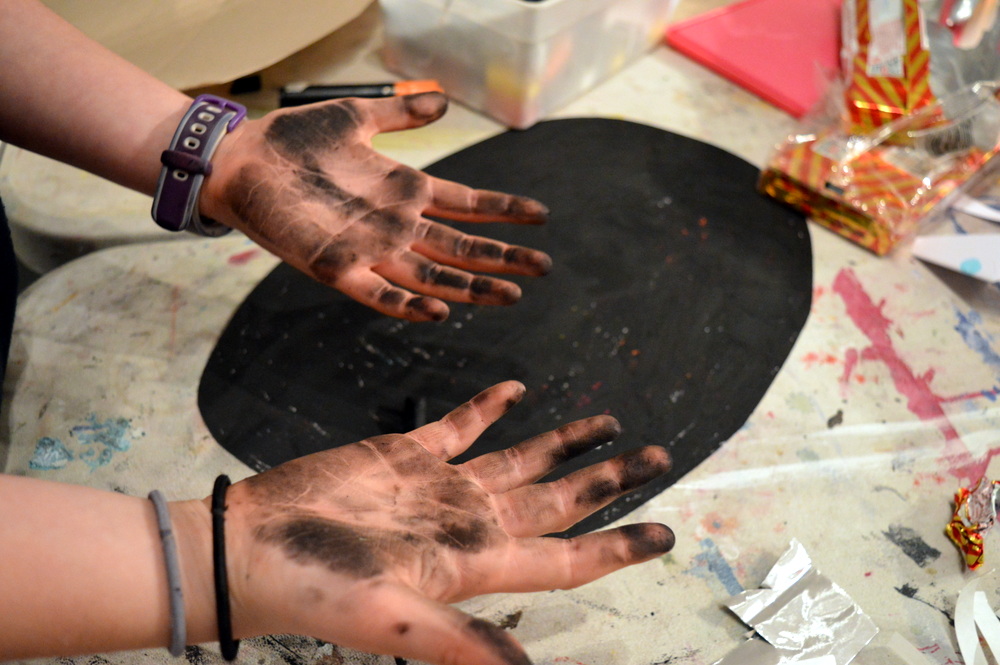
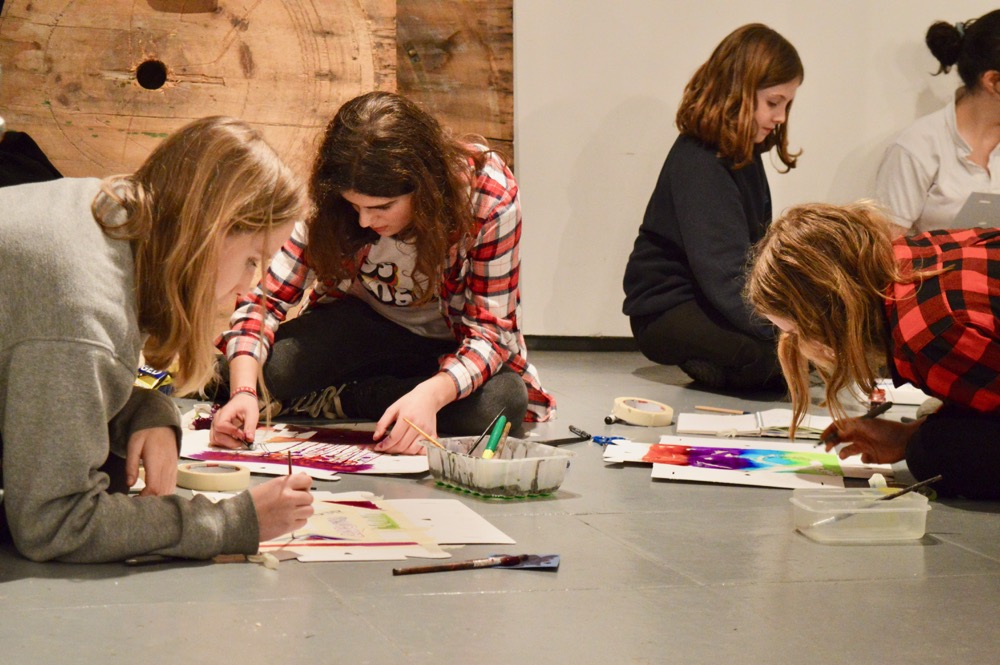
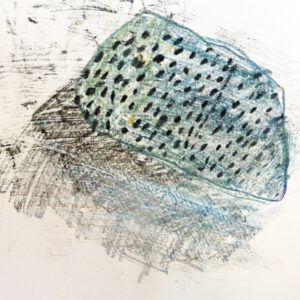
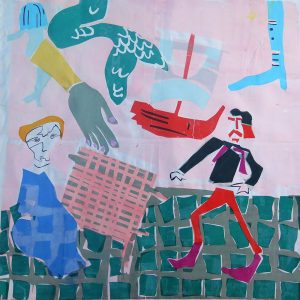
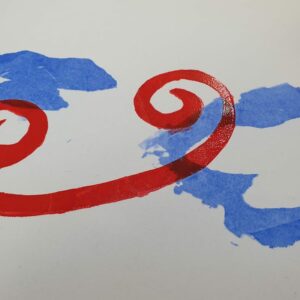
Sheila Ceccarelli
October 3, 2013 @ 1:16 pm
Paula – Beautiful post – what a fascinating technique – I love the idea of using carbon paper a mess free monoprinting. I’ve used carbon paper in workshops but with very different effects and never with pastels – I’m not sure I get how you did it? Did you colour the carbon side of the carbon paper with pastel and then place it carbon and pastel face down on the white paper? Is the purpose of the tracing paper to help children see the drawing as they are doing it? I like the fact that they get both a drawn and printed result. Really beautiful work – the children must have a had a real sense of achievement!
My carbon paper exercise can be seen here: ttp://www.accessart.org.uk/using-carbon-paper-to-create-still-life-drawings-in-a-cubist-style-2/
Paula Briggs
October 3, 2013 @ 1:22 pm
Yes, thats right, apply oil pastel to the carbon side and apply it face down – and yes the tracing paper is there to help the children “see” what they are drawing.
And Yes I forgot to add links to previous carbon sessions!:
Drawings of Inventions Inspired by leonardo Da Vinci /drawings-of-inventions-inspired-by-leonardo-da-vinci-2/
Drawing and Collaging Fish /drawing-fish-collaging-fish-seeing-composition/
Sheila Ceccarelli
October 3, 2013 @ 2:18 pm
Great! Your post made me want to have a go myself! So rich!
andrea butler
December 8, 2013 @ 4:30 pm
….and me! In fact, i have gone out and got myself a pack of carbon paper and can’t wait to start. I clicked on this article just after I had just been to see Klee at Tate Modern and had been captivated by his small oil transfer drawings washed with watercolour. After reading about the process you have developed with the carbon and oil pastels and seeing the children’s wonderful work, it occurred to me that carbon paper could provide me with an oil transfer effect and as a bonus, would be portable. So, I aim to try it out ‘on location’ and see what comes of it. Thank you for a brilliant and inspiring exercise and sharing the children’s stunning drawings.
Paula Briggs
December 12, 2013 @ 11:50 am
Hi Andrea – many thanks, and pls post your images below if you’d like to share your results!
andrea butler
February 9, 2014 @ 6:01 pm
Hi, here are a few experimental drawings trying out the oil pastel and carbon technique. I tore A4 carbon paper into A6 pieces to fit the pages of my small sketchbooks, laid colour in random blocks over the surface and layered greaseproof paper between the sheets to keep them from sticking together. I packed them into an envelope to carry with my sketchbook when out and about.
This first dwg was using some old oil pastels that I had had for ages but they tended to stick in patches to the paper, as you can see. Detail disappeared in a number of drawings under patches of pastel left when I peeled the paper off. I decided the only option was to go out and buy a box of lovely new pastels to try. The choice of colour in the drawings was arbitrary and now I have some experience of the process, I would use one colour per carbon sheet (or a selection of values of one colour) depending on my subject, as well as continuing with a mixed palette. The colour effects that are revealed are always a delightful surprise.
The paper I used over the carbon in order to see what I was doing also had an effect on the carbon drawing and made me very aware of the touch I was using when making the drawing. Light marks were lost as they didn’t transfer through a layer of tracing paper and carbon. I eventually found that layout paper or thin photocopying paper worked best for me. I thought biro would be a good drawing implement as I could exert a fair degree of pressure but I actually preferred dwg with a B2 or B4 pencil as it creates more variety of mark.
Carbon drawing means working within certain constraints: some loss of control in constructing the image and an acceptance that the drawing will have a different quality to ‘fully seen’ drawings. It isn’t until the paper is peeled back that the drawing is revealed and I need to reassess the pressure I exert during this particular drawing process. I much prefer drawing directly onto the carbon as the layer of layout paper also ‘muffles’ the tactile sensations of drawing which are important to me. when drawing directly onto the carbon, all my drawing marks transfer, although this is countered by the fact that I can’t see the drawing. But once i give up this element of control, the reward is a sense of freedom and anticipation to see what emerges and a more direct connection to the drawing and the subject. I have also started drawing and lifting the carbon (holding at one corner to keep it in place) to see what’s happening and then relaying the carbon and carrying on to see if I can apply hatching/tonal marks which would otherwise obscure the drawing.
I have begun to experiment with mark making: using an eraser to work into the drawing afterwards, using my nail or the end of the pencil to make broader marks although I think I now need to switch to larger sheets to fully explore mark making with different tools.
Overall, I really enjoy the printmaking feel of the drawings and the combination of colour and black carbon is particularly attractive to me. These are all just small studies but i am interested to see how a more complex image could be handled using the process.
Paula Briggs
February 10, 2014 @ 11:59 am
Stunning Andrea, thank you so much for sharing! These are really lovely – I especially like the grid structure on the page of the rail journey drawings below – and the way the colour is structured.
I’m sure they will inspire many people!
Pls keep us posted!
very best wishes
Paula
andrea butler
February 9, 2014 @ 6:05 pm
Forgot to say that the above image is from a visit to an RA exhibition of Daumier’s drawings.
Commuters drawn through tracing paper/carbon
andrea butler
February 9, 2014 @ 6:07 pm
Commuters drawn directly on carbon.
andrea butler
February 9, 2014 @ 6:09 pm
At a life drawing class, 2 min studies directly onto carbon
andrea butler
February 9, 2014 @ 6:11 pm
on carbon
andrea butler
February 9, 2014 @ 6:13 pm
Layout paper on carbon. Pencil detail added and erased surface after carbon lifted.
andrea butler
February 9, 2014 @ 6:29 pm
Layout paper on carbon. During a train journey north I laid a piece of card with a small window cut out of it over the paper/carbon. I used biro and pencil to draw the scenes from the window of the train. i had only intended to try out the technique on a page of my sketchbook but it became quite an addictive process. I had four train changes on the journey and decided to make drawings of each section on the way there and also on the way back. It made me take much more notice of the character of the countryside and how it changed. The journey also seemed to go very quickly.
I particularly like the effect of the different colours in these drawings as they suggest movement and passing of time.
andrea butler
February 9, 2014 @ 6:30 pm
Darlington to York